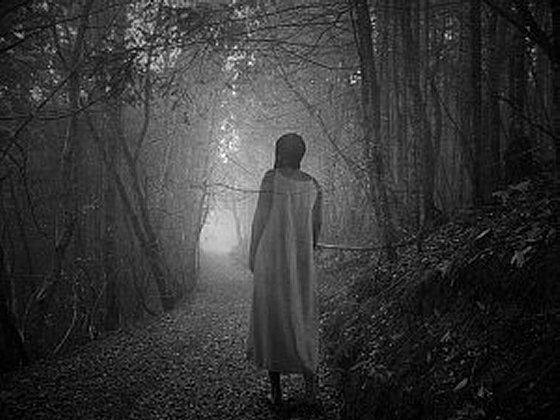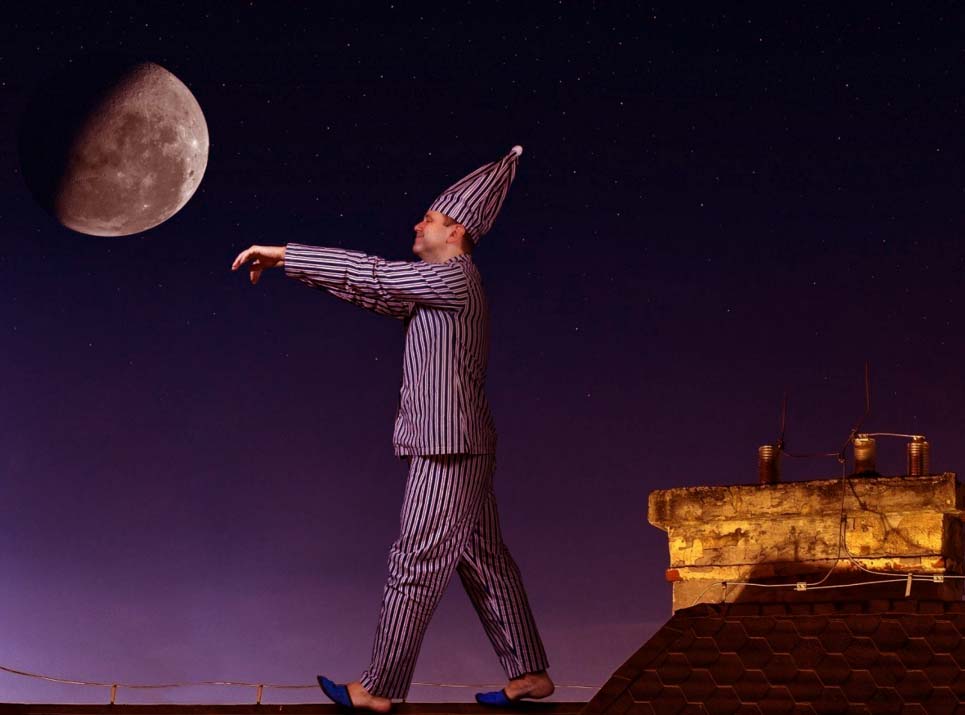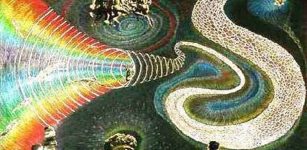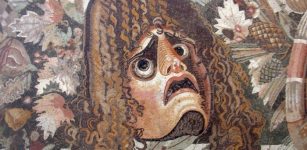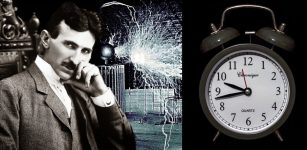Sleepwalking: Potentially Serious Condition Known To Humans For Thousands Of Years
MessageToEagle.com – “The burden of sleepwalking in adults needs to be highlighted and emphasized,” scientists say.
Sleepwalking is a phenomenon that occurs during deep sleep phase. This remarkable condition has fascinated humans for thousands of years.
Many myths surround this potentially serious condition.
In the United States there have been several lawsuits, in which the defenders of the accused invoked the sleepwalking. There are tragic cases of sleepwalking killers – usually men who wake in the night and kill their wife or lover.
The defendants are acquitted and moved to closed psychiatric institutions, while others take life imprisonment.
Unfortunately, in spite of the various experiments, scientists have so far failed to explain how it is possible that sleepwalkers get up, move and perform various activities, in a state of a state of complete unconsciousness.
However, a new study confirms that adult sleepwalking is a potentially serious condition that may induce violent behaviors and affect health-related quality of life.
“We found a higher frequency of daytime sleepiness, fatigue, insomnia, depressive and anxiety symptoms and altered quality of life in patients with sleepwalking compared to the control group,” said Yves Dauvilliers, MD, PhD, the study’s principal investigator and lead author. Dr. Dauvilliers is professor of physiology and neurology and director of the sleep lab at Gui-de-Chauliac Hospital in Montpellier, France.
“What would usually be considered a benign condition, adult sleepwalking is a potentially serious condition and the consequences of sleepwalking episodes should not be ignored.”
Results show that 22.8 percent of sleepwalkers presented with nightly episodes and 43.5 percent presented with weekly episodes.
Additionally, a positive history of violent sleep related behaviors was found in 58 percent, including 17 percent who experienced at least one episode involving injuries to the sleepwalker or bed partner that required medical care.
Reported injuries included bruises, nose bleeds and fractures, and one participant had sustained multiple fractures and serious head trauma after jumping out of a third-floor window.
See more:
Bizarre Phenomenon Of Sleep Paralysis Causes You To Encounter Demons In Your Dreams
Humans Are Exceptionally Short Sleepers – We Get Better Sleep In Less Time
Sleep Paralysis: Being Awake And Unable To Move
Mysteries Of The Mind And Brain
Sleepwalking is a common parasomnia affecting up to four percent of adults. It involves complex behaviors that occur during arousals from non-rapid eye movement (NREM) sleep. During an episode of sleepwalking the brain is partially awake, resulting in complex behaviors, and partially in NREM sleep with no conscious awareness of actions.
According to the authors, this is the largest prospective cohort study on adult sleepwalkers seen in a clinic, using face-to-face clinical interviews, standardized questionnaires, and objective assessment by polysomnography to investigate the clinical characteristics, consequences and comorbidities of sleepwalking.
The study, appearing in the March issue of the journal SLEEP, involved a prospective case-control study of 100 adult patients in whom primary sleepwalking was diagnosed from June 2007 to January 2011.
The age of the sleepwalkers ranged from 18 to 58 years with a median age of 30. Results were compared with 100 healthy control subjects.
Triggering factors that increased both the frequency and severity of episodes were reported in 59 percent, related mainly to stressful events, strong positive emotions, sleep deprivation, and less frequently to drug or alcohol intake or intense evening physical activity. All of these factors promote increased slow wave sleep (SWS) and NREM sleep instability.
“Sleepwalking is an underdiagnosed condition that may be clearly associated with daytime consequences and mood disturbances leading to a major impact on quality of life,” said Dauvilliers.
MessageToEagle.com

